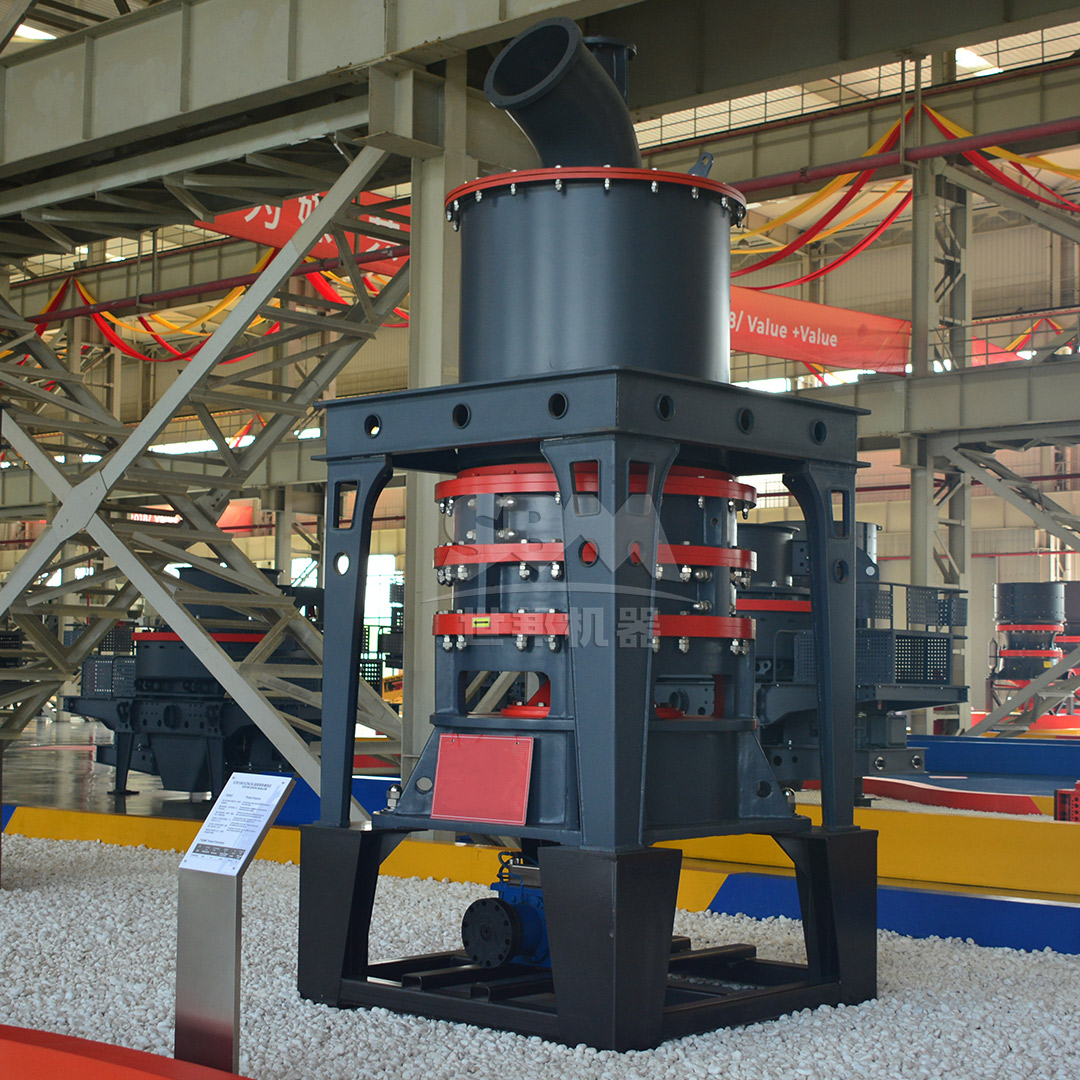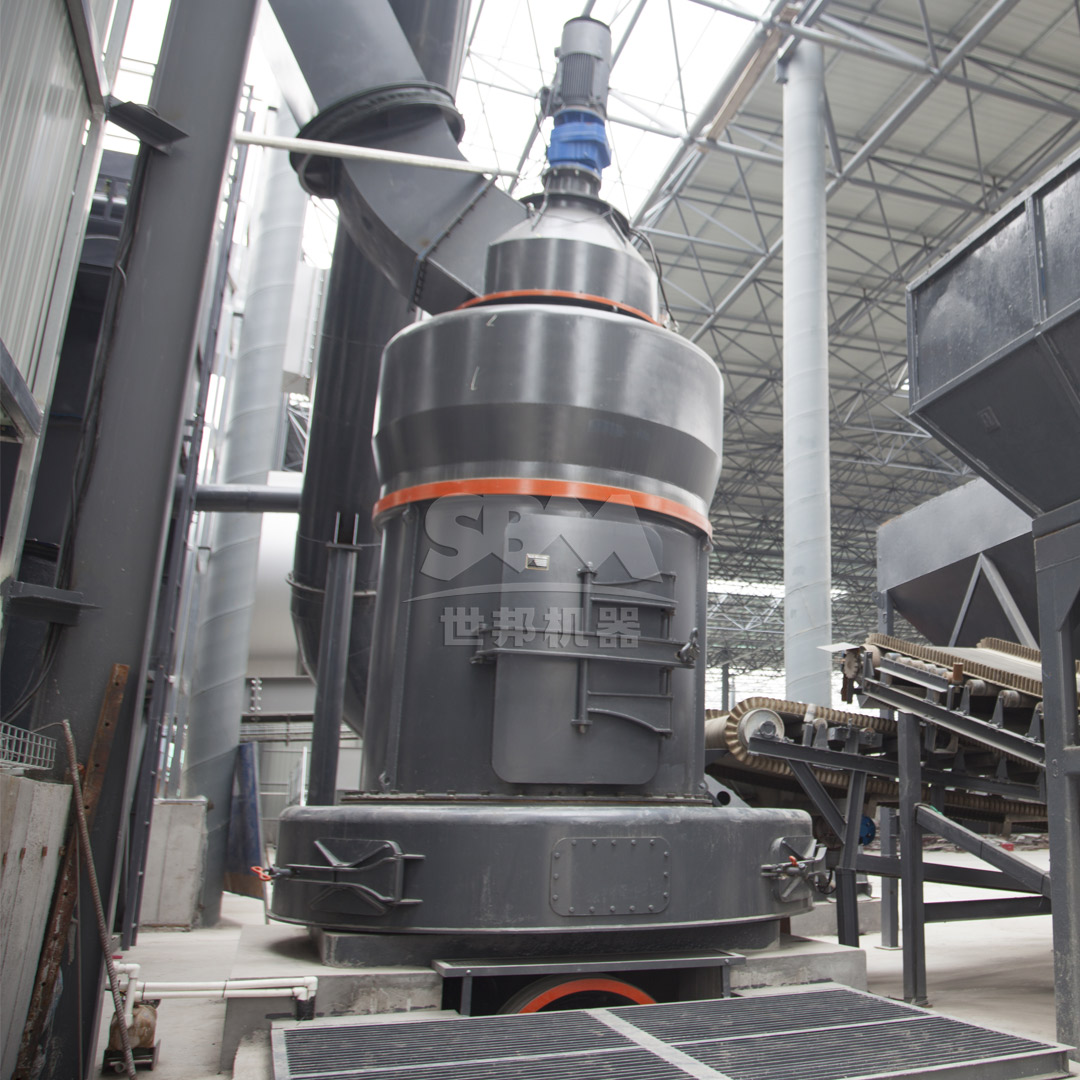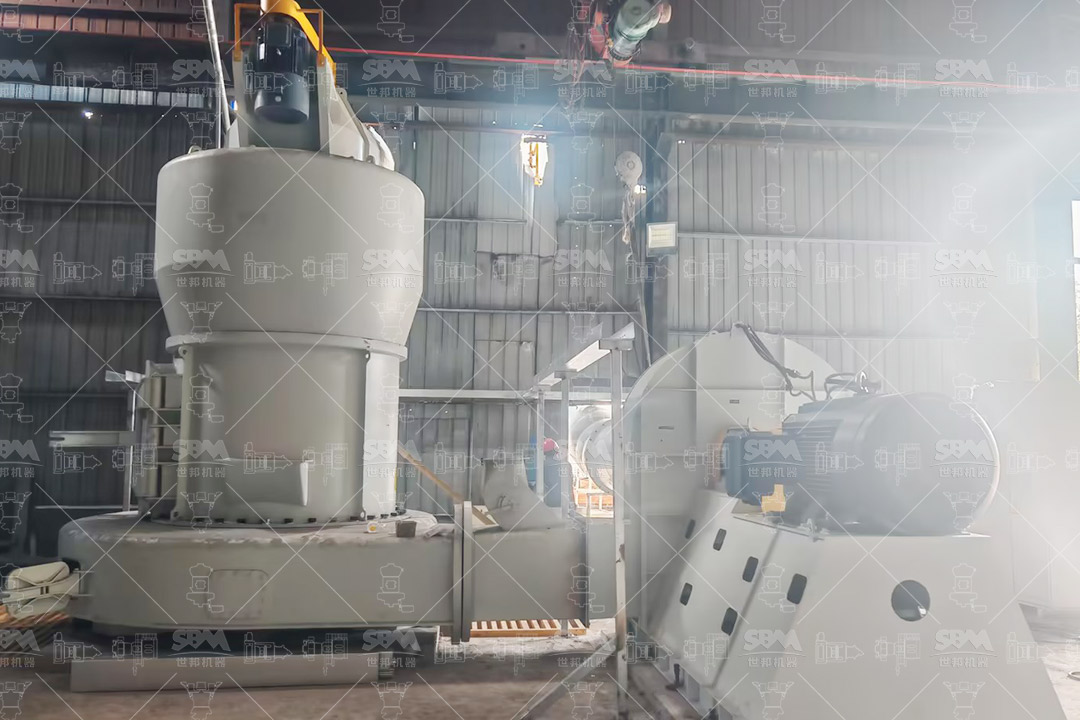In industrial heating applications, the efficiency of coal combustion is critically dependent on the quality of pulverized coal. Advanced coal pulverizing systems play a pivotal role in enhancing combustion efficiency, reducing energy consumption, and minimizing environmental impact. This article explores the technological advancements in coal pulverization and highlights how modern grinding systems can optimize industrial heating processes.
Coal pulverization is essential for achieving complete combustion in industrial boilers and furnaces. The fineness and uniformity of coal powder directly influence combustion efficiency, heat transfer rates, and emissions. Traditional grinding methods often result in inconsistent particle size distribution, leading to incomplete combustion and higher carbon emissions. Advanced pulverizing systems address these challenges by delivering precisely controlled coal powder with optimal fineness.
Modern coal pulverizing systems incorporate innovative designs and intelligent controls to achieve superior performance. Key advancements include high-precision classification, energy-efficient grinding mechanisms, and robust construction for durability.
Advanced classifiers ensure consistent particle size distribution by separating fine and coarse particles efficiently. This eliminates coarse粉混入 and ensures uniform combustion.
Innovative grinding mechanisms, such as roller mills and vertical mills, reduce energy consumption by up to 40% compared to traditional ball mills. These systems utilize centrifugal force and pressure grinding to achieve higher efficiency.
Wear-resistant materials and modular designs extend the lifespan of critical components, reducing maintenance downtime and operational costs.
| Parameter | Traditional Systems | Advanced Systems |
|---|---|---|
| Energy Consumption | High | 30-40% Lower |
| Particle Uniformity | Variable | Consistent (D97 ≤5μm) |
| Maintenance Frequency | Frequent | Reduced by 50% |
For applications requiring ultra-fine coal powder, our SCM Ultrafine Mill offers exceptional performance. With an output fineness of 325-2500 mesh (D97≤5μm) and a capacity of 0.5-25 ton/h, it is ideal for high-efficiency industrial heating systems. Key features include:

The SCM Ultrafine Mill operates via a main motor driving multi-layer grinding rings. Material is dispersed into the grinding path by centrifugal force and progressively pulverized by rollers. The powdered coal is collected by a cyclone and pulse dust removal system.
A coal-fired power plant implemented the SCM Ultrafine Mill to replace its outdated grinding system. The results included a 25% increase in combustion efficiency, a 15% reduction in coal consumption, and a significant decrease in emissions. The plant also reported lower maintenance costs due to the mill’s robust design.

For larger-scale operations, the MTW Series Trapezium Mill provides high capacity and reliability. With an input size of ≤50mm and output fineness of 30-325 mesh, it handles throughputs of 3-45 ton/h. Its advantages include:
The MTW Mill works by having a main motor drive磨辊 to revolve around the central axis while rotating itself. Shovels throw material into the space between the grinding ring and roller for efficient crushing, with a分级系统 controlling particle size.

Integrating advanced pulverizing systems with industrial heating infrastructure requires careful planning. Key considerations include system compatibility, automation controls, and environmental regulations. Modern mills support PLC-based automation for seamless integration with existing combustion controls.
Intelligent control systems monitor and adjust grinding parameters in real-time, ensuring consistent powder quality and optimal combustion conditions.
Advanced dust collection and noise reduction features help plants meet stringent environmental standards, with emissions below 20mg/m³ and noise levels ≤75dB.
Advanced coal pulverizing systems are essential for optimizing industrial heating efficiency. By delivering finely ground, uniform coal powder, these systems enhance combustion, reduce energy consumption, and minimize environmental impact. Our SCM Ultrafine Mill and MTW Series Trapezium Mill represent cutting-edge solutions tailored to diverse industrial needs. Investing in such technology not only improves operational efficiency but also supports sustainable industrial practices.